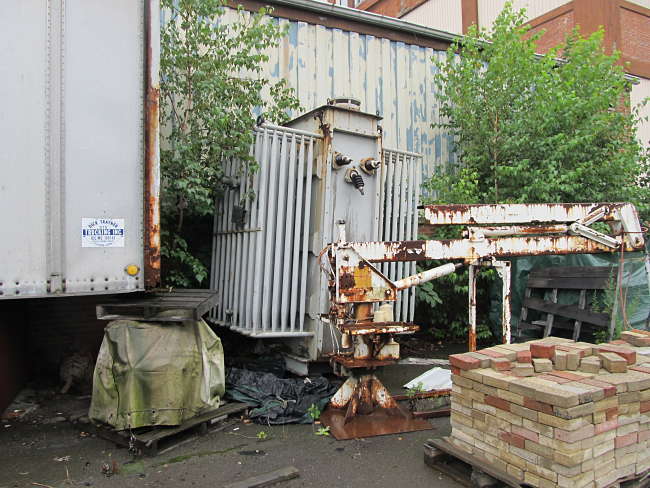PCB-Containing Equipment
Polychlorinated biphenyls (PCBs) were widely used as dielectric and coolant fluids, for example in transformers, capacitors, and electric motors. Due to PCBs’ environmental toxicity and classification as a persistent organic pollutant, PCBs are no longer used in today’s transformers, capacitors, or electric motors.
PCBs are resistant to weathering. A PCB release in 1965 may mean a cleanup today on your property. Inspect for and remove all PCB transformers.
Older transformers, capacitors and electric motors did contain PCBs and when the casings were cracked the fluid leaked and stained soils and became suspended in solution in water. PCBs were produced and marketed as mixtures of many congeners. PCB mixtures are characterized by chlorine content. Less-chlorinated PCBs are odorless, tasteless, clear to pale-yellow, viscous liquids, while highly chlorinated mixtures are more viscous and deeper yellow. PCBs have also been linked to cancer which is why they have been banned in use. PCBs are very stable compounds and do not decompose readily. This is due to their chemical inability to oxidize and reduce in the natural environment. Furthermore, PCBs have a long half life (8 to 15 years) and are insoluble in water, which contributes to their stability.
